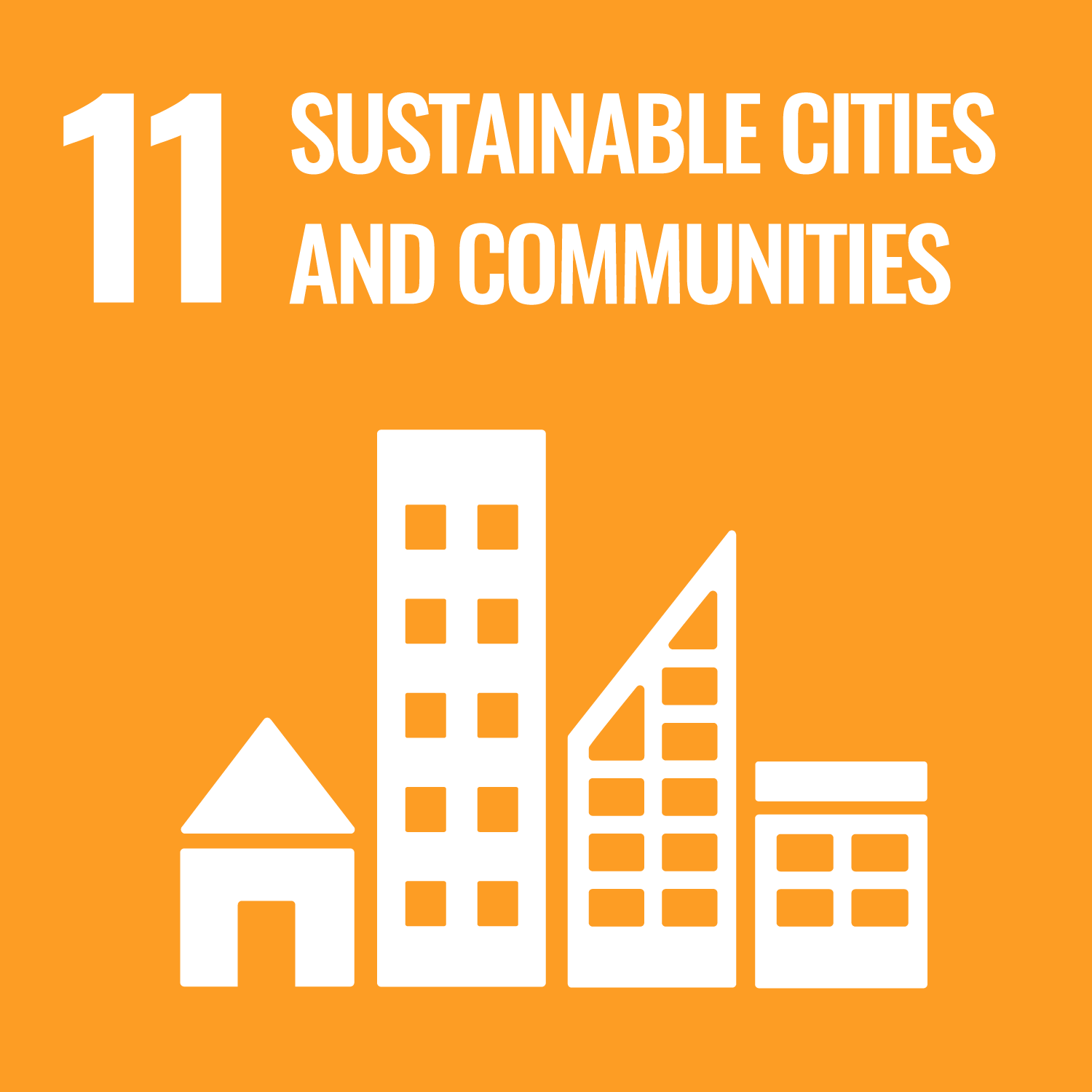ORCID
- Michael J. Wilde: 0000-0003-0726-890X
Abstract
The changes in air quality brought about by the COVID-19 lockdowns can provide valuable insight into how longer-term reductions in emissions might affect atmospheric composition. In urban Leicester UK, the 2020 COVID “lockdown” brought about several notable changes in atmospheric composition, including a considerable decrease (20–60%) in concentrations of non-methane volatile organic compounds (NMVOCs). Given their varied emission sources and lifetimes, NMVOC data can give valuable insights into how behavioural change impact atmospheric composition. The total concentration of 48 NMVOCs at roadside (RS) sites decreased from a pre-lockdown (sampled 16th-24th March 2020) concentration of 181.3 ± 41.4 μg/m3 to 82.0 ± 12.8 μg/m3 during lockdown (LD, sampled 18th-21st May 2020), before rebounding to a concentration of 236.3 ± 23.9 μg/m3 post lockdown (post-LD, sampled 14th-17th Sept 2020). A similar pattern was observed at urban background (UB) sites with concentrations reducing during lockdown to 96.8 ± 39.5 μg/m3 from a pre-lockdown (pre-LD) concentration of 123.2 ± 24.6 μg/m3 and then increasing to 168.6 ± 29.1 μg/m3 post-LD. Generally, despite the decrease in NMVOC concentrations during the LD, an increase in O3 level was observed. This was attributed to decreased emissions of NOx and the subsequent repartioning of Ox. This research assessed the quantitative effect of changes in vehicular and related anthropogenic emissions on air quality, providing valuable insights for the formulation of future air pollution controls.
DOI Link
Publication Date
2024-12-01
Publication Title
Atmospheric Environment
Volume
338
ISSN
1352-2310
Acceptance Date
2024-09-18
Deposit Date
2024-10-07
Additional Links
Keywords
COVID–19, Impact, Lockdown, Non-methane volatile organic compounds, Urban atmosphere
Creative Commons License

This work is licensed under a Creative Commons Attribution 4.0 International License.
Recommended Citation
Bernard, E., Cordell, R., Blake, R., Wilde, M., & Monks, P. (2024) 'Impact of the 2020 COVID-19 lockdown on the concentration of non-methane volatile organic compounds in a UK urban atmosphere', Atmospheric Environment, 338. Available at: 10.1016/j.atmosenv.2024.120836



